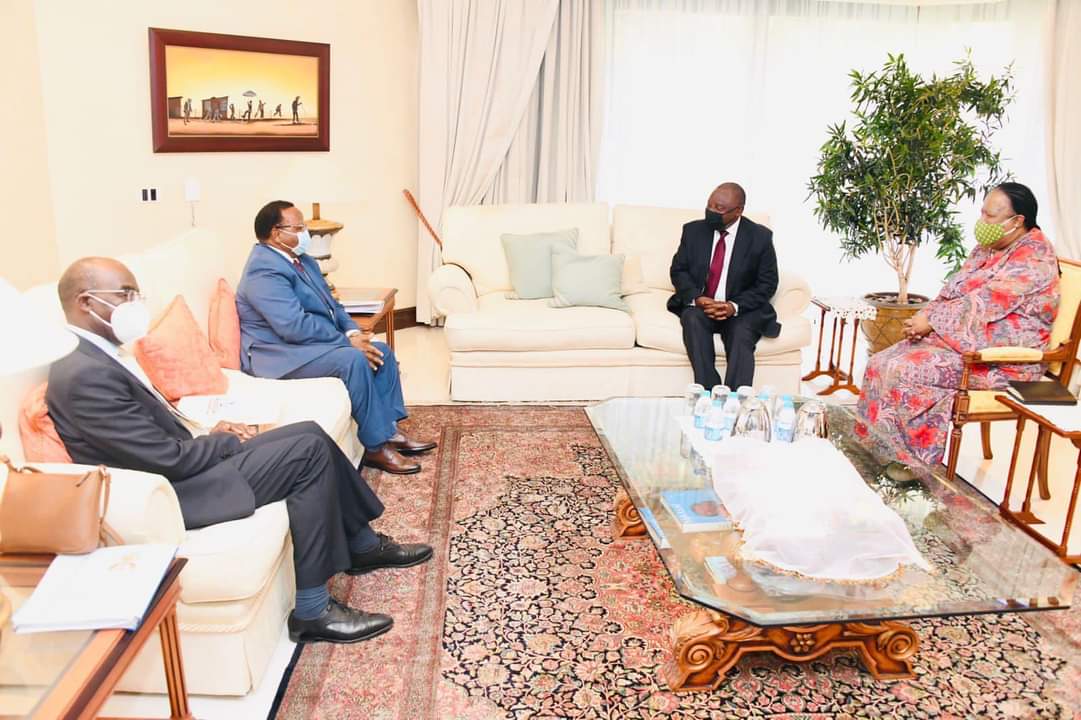Zim takes massive strides in harnessing space technologies
Share

Harare (New Ziana) – The launch of the Zimbabwe National Geospatial and Space Agency (ZINGSA) is a crucial step towards enhancing Zimbabwe’s capability to harness space technologies to monitor environmental hazards, weather patterns and climate change, President Emmerson Mnangagwa said on Monday.
President Mnangagwa said this while launching the ZINGSA and the Zimbabwe Science Park 1 complex, both housed at the University of Zimbabwe.
He said Zimbabwe’s pursuit of space technologies was in the context of fast changing national and global realities.
“The acceleration of science and technology and innovation remains necessary for promoting sustainable development, building modernised economic systems and promoting transformations across all sectors. In addition, science and technology innovation are important catalysts to realise a high quality of life for our people,” he said.
“These achievements testify to the fact that the Second Republic is walking the talk with regards to promoting innovation-driven development and accelerating scientific and technological innovation to propel our country’s modernisation and industrialisation agenda. Through projects such as these, Zimbabwe is closing the technology gap in line with objectives to develop sustainable solutions to pressing development challenges.”
President Mnangagwa said ZINGSA was tasked with designing, regulating, promoting, coordinating and conducting research in geospatial science and earth observation, space engineering, space science, aeronautical engineering and global navigation satellite systems among other fields.
“The work of the National Geospatial and Space Agency will therefore have a triggering effect on the country’s intellectual and human capital towards generating real time solutions. The use of space technologies presents vast opportunities such as managing our abundant natural resources, environmental hazards and disasters, weather forecasting, climate change mitigation and adaptation, agriculture and food security as well as diseases outbreaks.
“Furthermore, these technologies help improve connectivity in rural areas as well as other forms of communication related to radio and television signal and broadcasting, data collection, mobile banking systems and transport infrastructure,” he said.
“I am pleased to highlight that, to date, Zimbabwe has developed an ambitious space programme blueprint to enable full utilisation of space technology and innovation to enhance economic growth. I commend the ZINGSA engineers and scientists for setting up the ground control station in Mazowe.”
He said the use of space science had enabled the government to complete strategic national projects such as the wetlands master plan and re-mapping of the agro-ecological zones.
“The operationalization of the provisions of the two plans must give impetus to sustainable land use,” he said.
On the other hand, President Mnangagwa said the science park was a purpose built cluster of office space which provides laboratories, workrooms and meeting areas for research and development in science, information technology, artificial intelligence, biotechnology, virtual reality and robotics among other fields.
The Science Park, he said, would also offer facilities that foster innovation in line with education 5.0 and the development and commercialisation of technology.
New Ziana







